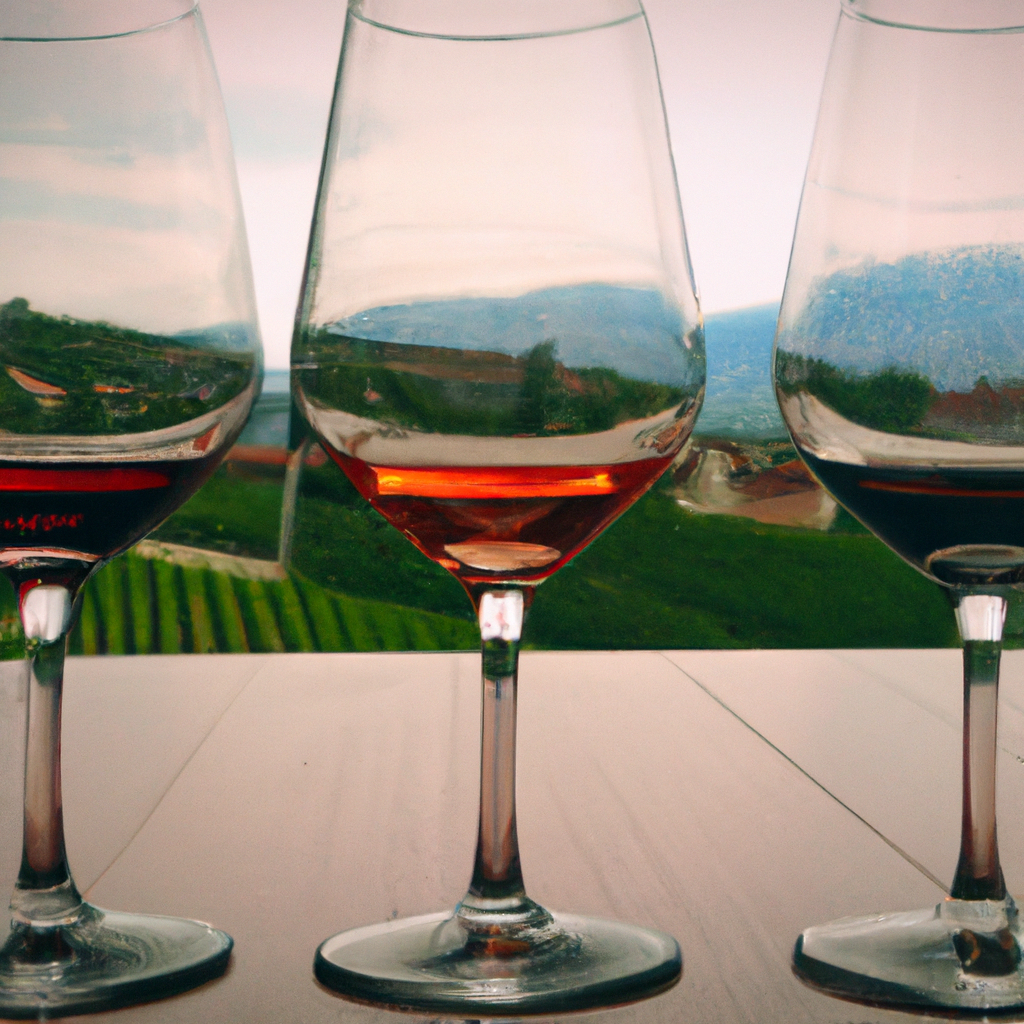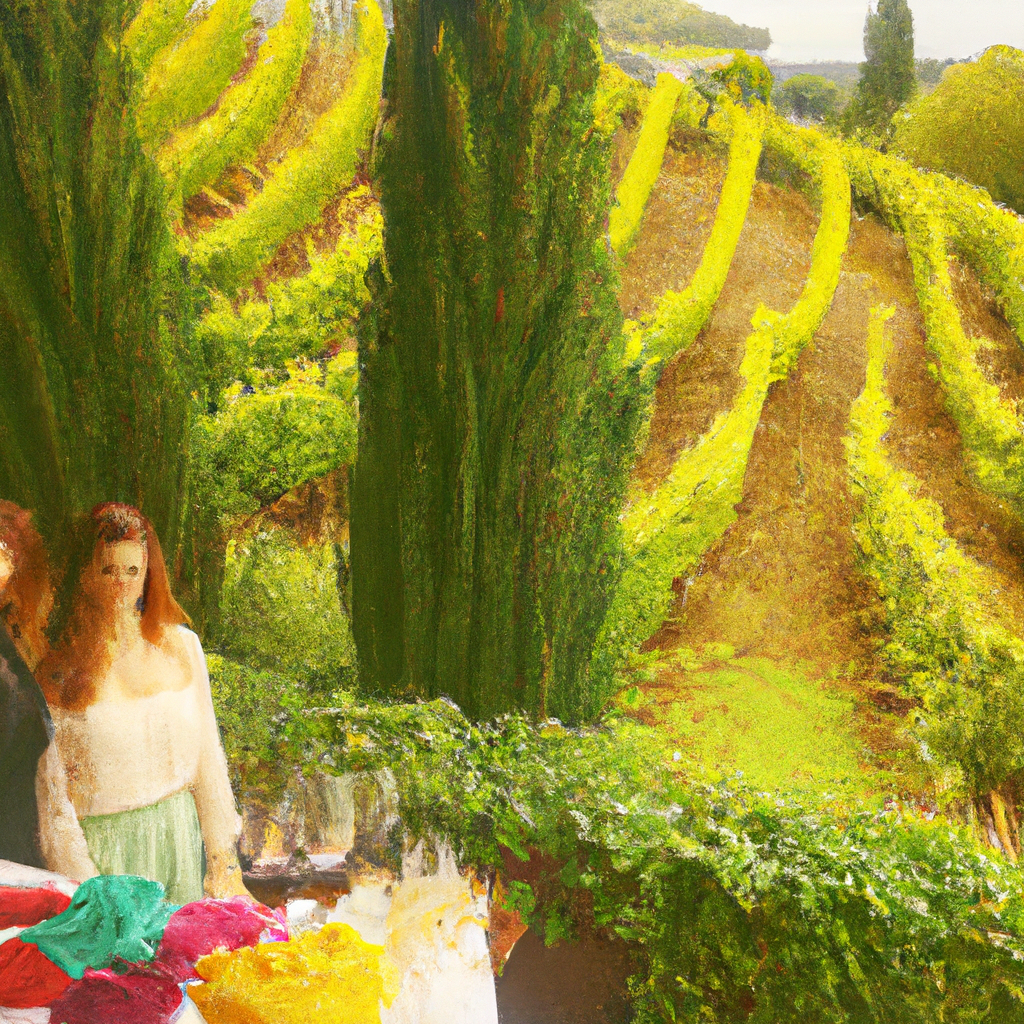
-
Article Summary
- Italy Struggles to Keep Up with the No-lo Wine Trend
- Key Takeaways
- Introduction: The Rise of the No-lo Wine Trend
- The No-lo Wine Trend: A Global Phenomenon
- Challenges for Italian Winemakers
- Italian Winemakers Making Strides
- Regulatory Changes and Increased Research
- FAQ Section
- What is driving the No-lo wine trend?
- What challenges do Italian winemakers face in adapting to the No-lo wine trend?
- Are any Italian winemakers succeeding in the No-lo wine market?
- What could help Italy catch up in the No-lo wine trend?
- What is the future of the No-lo wine trend?
- Conclusion: The Future of Italian Wine in a No-lo World
- Revisiting Key Takeaways
Italy Struggles to Keep Up with the No-lo Wine Trend

[youtubomatic_search]
Key Takeaways
- Italy, a traditional wine powerhouse, is struggling to adapt to the rising trend of no and low alcohol (No-lo) wines.
- Consumer demand for healthier and more responsible drinking options is driving the No-lo wine trend.
- Italian winemakers face challenges in producing No-lo wines that maintain the quality and taste of traditional wines.
- Despite the challenges, some Italian winemakers are making strides in the No-lo wine market.
- Regulatory changes and increased research could help Italy catch up in the No-lo wine trend.
Introduction: The Rise of the No-lo Wine Trend
The global wine industry is witnessing a significant shift in consumer preferences, with a growing demand for no and low alcohol (No-lo) wines. This trend is driven by a rising consumer focus on health and wellness, and a desire for more responsible drinking options. However, Italy, one of the world’s leading wine producers, is struggling to keep pace with this trend.
The No-lo Wine Trend: A Global Phenomenon
According to a report by IWSR Drinks Market Analysis, the global market for No-lo alcoholic beverages is expected to grow by 31% between 2020 and 2024. This trend is particularly strong among younger consumers, with a 2020 survey by Wine Intelligence finding that 50% of regular wine drinkers under the age of 35 in the US and UK are interested in trying No-lo wines.
Challenges for Italian Winemakers
Italian winemakers face several challenges in adapting to the No-lo wine trend. Firstly, the production of No-lo wines requires specific techniques and technologies that many traditional winemakers do not possess. Secondly, there is a challenge in maintaining the quality and taste of No-lo wines, which can often be inferior to traditional wines. Finally, there is a cultural challenge, as wine is deeply ingrained in Italian culture and the idea of No-lo wine can be seen as a departure from tradition.
Italian Winemakers Making Strides
Despite these challenges, some Italian winemakers are making strides in the No-lo wine market. For example, Gancia, a historic Italian winery, has launched a range of No-lo sparkling wines that have been well received in the market. Similarly, Cantine Riunite, one of Italy’s largest wine cooperatives, has invested in research and development to produce high-quality No-lo wines.
Regulatory Changes and Increased Research
Regulatory changes and increased research could help Italy catch up in the No-lo wine trend. The Italian government has recently approved a decree allowing the production of No-lo wines, which could encourage more winemakers to enter the market. Additionally, research institutions such as the University of Verona are conducting studies on the production of No-lo wines, which could lead to improvements in quality and taste.
FAQ Section
What is driving the No-lo wine trend?
The No-lo wine trend is driven by a rising consumer focus on health and wellness, and a desire for more responsible drinking options.
What challenges do Italian winemakers face in adapting to the No-lo wine trend?
Italian winemakers face challenges in terms of production techniques, maintaining quality and taste, and overcoming cultural resistance to No-lo wines.
Are any Italian winemakers succeeding in the No-lo wine market?
Yes, some Italian winemakers, such as Gancia and Cantine Riunite, are making strides in the No-lo wine market.
What could help Italy catch up in the No-lo wine trend?
Regulatory changes, increased research, and investment in new production techniques could help Italy catch up in the No-lo wine trend.
What is the future of the No-lo wine trend?
The No-lo wine trend is expected to continue growing, driven by consumer demand for healthier and more responsible drinking options.
Conclusion: The Future of Italian Wine in a No-lo World
As the No-lo wine trend continues to grow, it is clear that Italy, a traditional wine powerhouse, needs to adapt. While there are significant challenges, there are also opportunities for Italian winemakers to innovate and meet changing consumer demands. With regulatory changes, increased research, and a willingness to embrace new production techniques, Italy has the potential to catch up in the No-lo wine market and continue its legacy as a leading wine producer.
Revisiting Key Takeaways
- The No-lo wine trend is a global phenomenon driven by consumer demand for healthier and more responsible drinking options.
- Italian winemakers face challenges in adapting to this trend, but some are making strides in the No-lo wine market.
- Regulatory changes and increased research could help Italy catch up in the No-lo wine trend.
- The future of Italian wine in a No-lo world will depend on the industry’s ability to innovate and meet changing consumer demands.
[youtubomatic_search]






